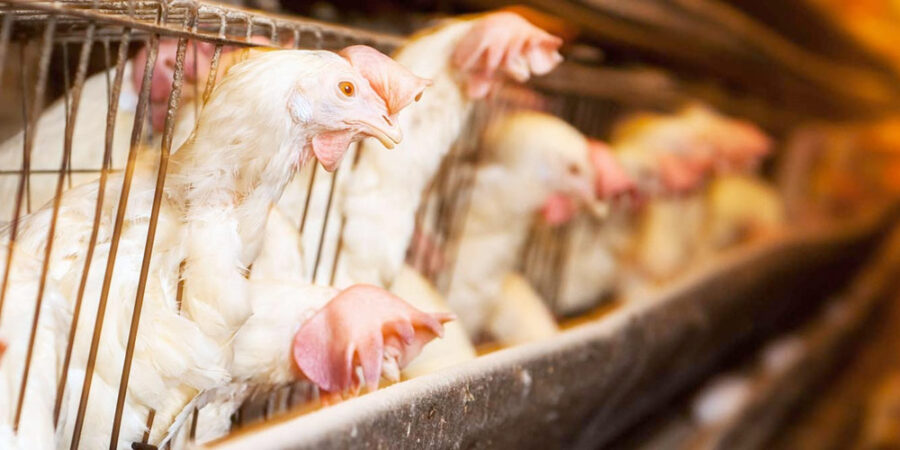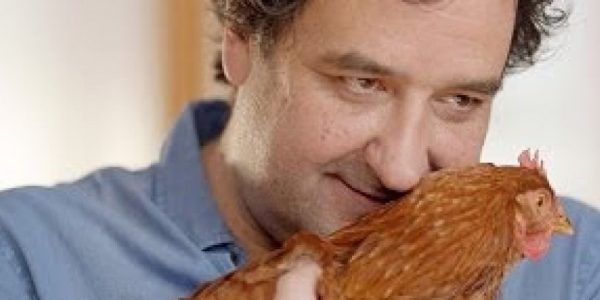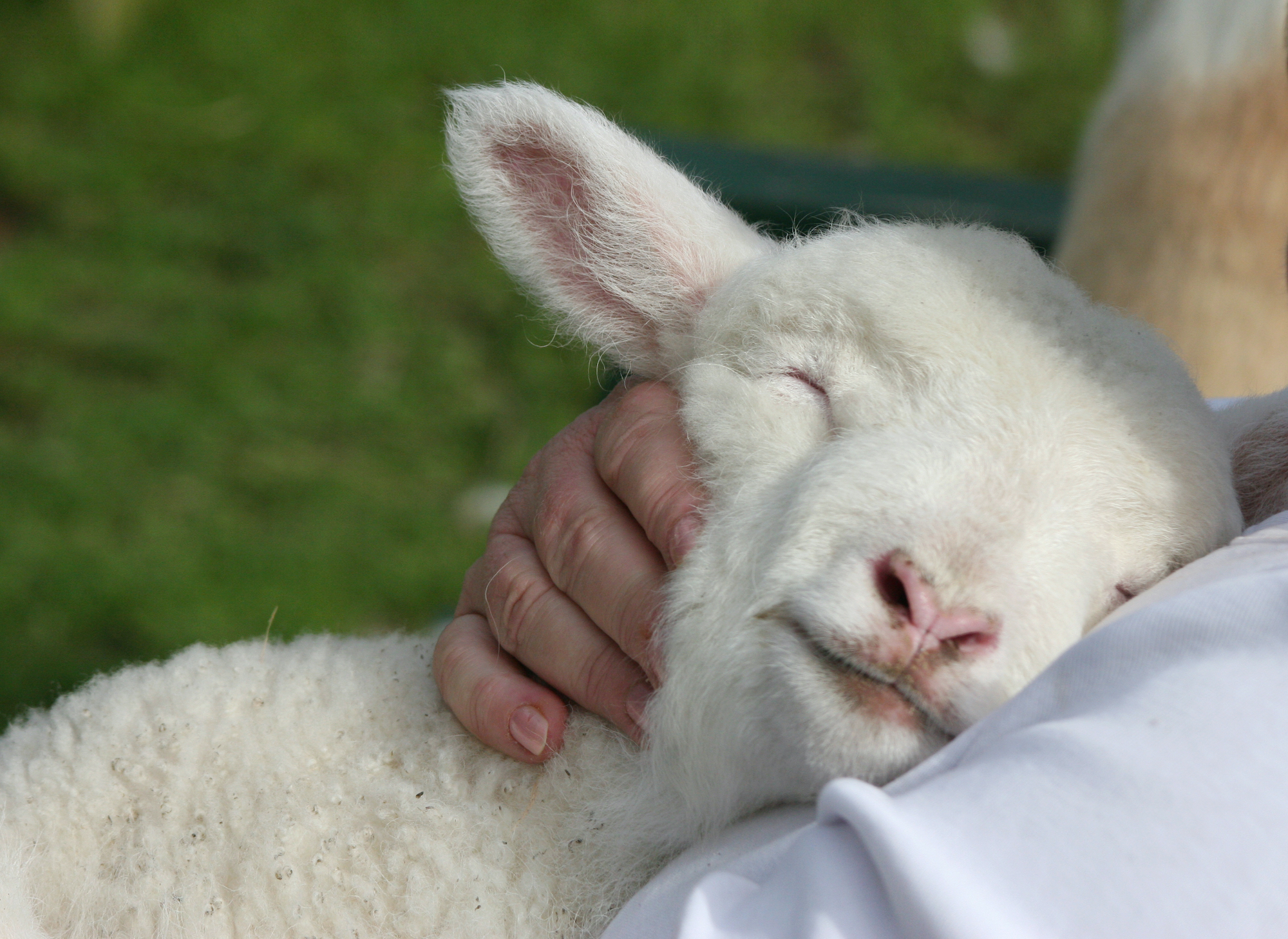The national public consultation into the living and welfare conditions of farmed birds was open for just three short months. During that time, thousands of caring Aussies have united on behalf of the hens — proving compassion is powerful force to be reckoned with.
As a nation, we’ve taken a great step forwards, and are closer than ever to the day when this most cruel ‘farming’ invention will exist only as a cautionary note in history books, as a reminder that never again will compassionate societies allow animals to be treated so cruelly — valued only for what they can produce, rather than who they are.













